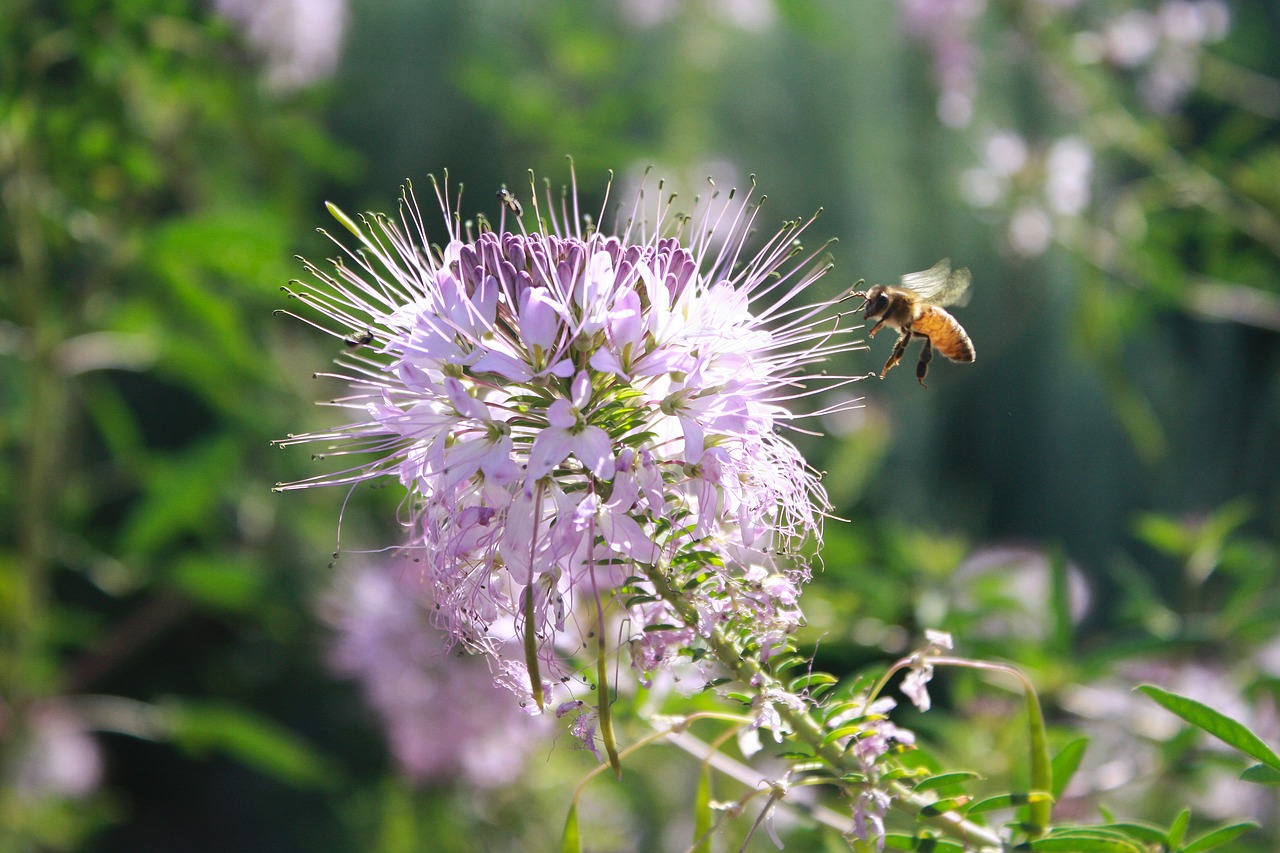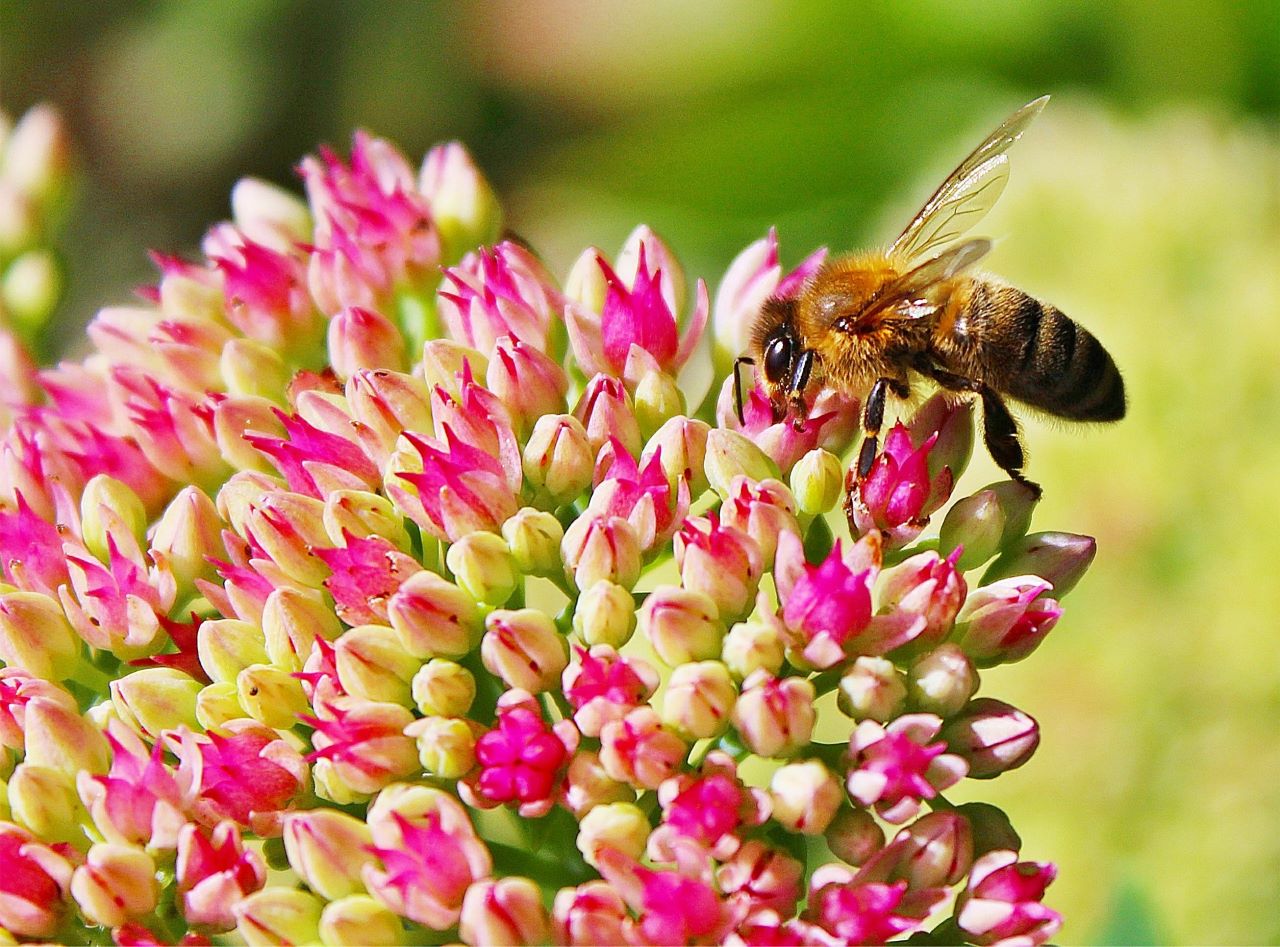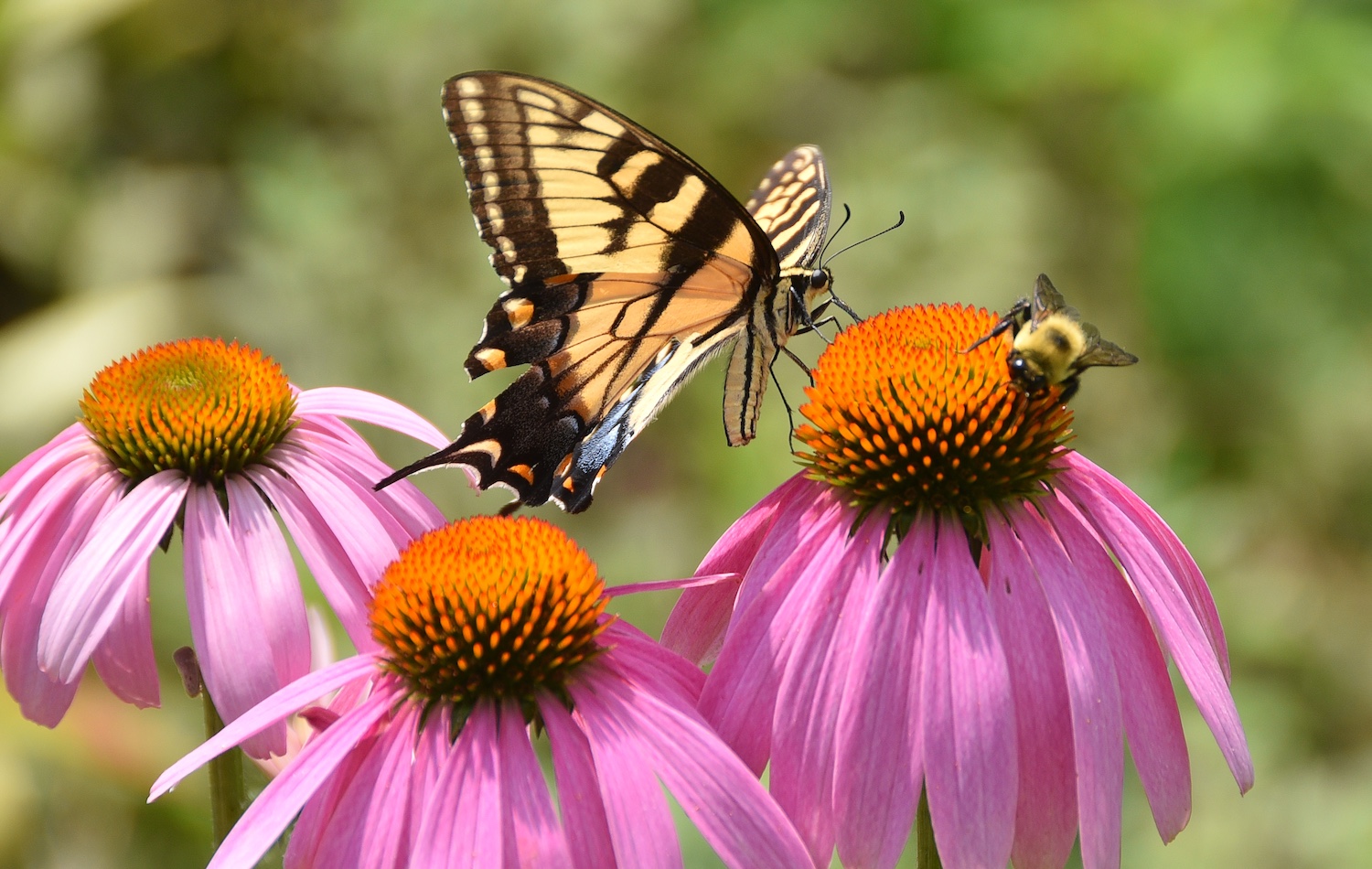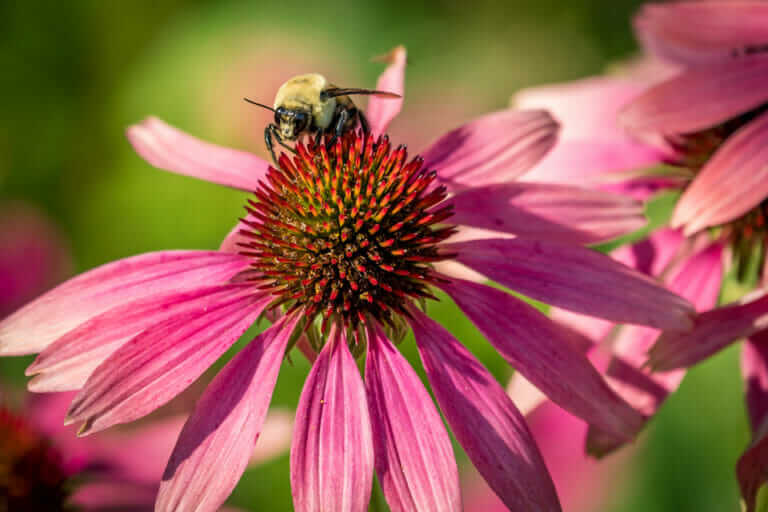The Importance of Pollinators: The Best Plants For Attracting Pollinators To Your Garden

Pollinators are the unsung heroes of our ecosystem, playing a vital role in the reproduction of many plants, including those that provide us with food. From vibrant wildflowers to the fruits and vegetables we enjoy, pollinators are essential for a thriving natural world and a sustainable food system.
The Decline of Pollinator Populations
The decline of pollinator populations is a serious issue with far-reaching consequences. Several factors contribute to this decline, including habitat loss, pesticide use, climate change, and invasive species. The loss of pollinators poses a significant threat to our food security and the biodiversity of our planet.
- Habitat Loss: As natural landscapes are converted to farmland, urban areas, and other human-dominated spaces, pollinators lose access to the essential resources they need to survive, such as nectar, pollen, and nesting sites.
- Pesticide Use: Pesticides, designed to kill pests, can also harm pollinators, especially when applied indiscriminately or during periods of high pollinator activity.
- Climate Change: Changing weather patterns and extreme events, such as droughts and floods, can disrupt the delicate balance of plant and pollinator relationships, impacting their ability to thrive.
- Invasive Species: Introduced species, such as the Asian hornet, can prey on native pollinators, disrupting ecological balance and contributing to their decline.
The Benefits of Attracting Pollinators to Your Garden
Creating a pollinator-friendly garden offers numerous benefits, not only for the environment but also for you. By providing pollinators with food, shelter, and nesting sites, you can contribute to their survival and enjoy the beauty and bounty of a thriving ecosystem.
- Increased Plant Diversity: A diverse range of pollinators, from bees to butterflies, will visit your garden, helping to pollinate a wider variety of plants, resulting in a more vibrant and colorful landscape.
- Enhanced Fruit and Vegetable Production: Pollinators play a crucial role in the fertilization of many fruit and vegetable crops, leading to increased yields and healthier harvests.
- Natural Pest Control: Pollinators, particularly predatory insects, can help control pest populations in your garden, reducing the need for chemical pesticides.
- Support for Biodiversity: By creating a pollinator-friendly habitat, you contribute to the overall biodiversity of your local ecosystem, supporting a rich tapestry of life.
Choosing the Right Plants

Creating a pollinator-friendly garden is about more than just planting flowers. Selecting the right plants is crucial to ensure a continuous feast for pollinators throughout the growing season. Consider the flowering times, the types of pollinators you want to attract, and the specific needs of each plant.
Flowering Seasons for Continuous Blooms
To ensure a continuous supply of nectar and pollen for pollinators, it's essential to select plants that bloom throughout the growing season. This means having a mix of early, mid, and late-blooming species. Here's a breakdown of plants categorized by their flowering season:
- Early Bloomers (Spring): These plants kick off the season and provide essential food sources for emerging pollinators. Examples include:
- Crocuses: These vibrant purple flowers attract bees and butterflies early in the spring.
- Daffodils: These cheerful yellow flowers are a favorite among bees and hoverflies.
- Tulips: A variety of colors and shapes attract a wide range of pollinators.
- Mid-Season Bloomers (Summer): As spring transitions into summer, these plants provide a continuous supply of nectar and pollen. Examples include:
- Lavender: This aromatic herb attracts bees, butterflies, and moths.
- Sunflowers: These large, bright flowers are a magnet for bees, butterflies, and hummingbirds.
- Cosmos: These delicate flowers come in various colors and attract a wide range of pollinators.
- Late Bloomers (Fall): These plants provide a vital food source for pollinators as they prepare for winter. Examples include:
- Asters: These daisy-like flowers come in various colors and attract bees, butterflies, and hoverflies.
- Goldenrod: This bright yellow flower is a favorite among bees and butterflies.
- Sedum: These succulent plants produce clusters of small, star-shaped flowers that attract a variety of pollinators.
Types of Pollinators and Their Preferred Plants, The best plants for attracting pollinators to your garden
Different pollinators have different preferences when it comes to flowers. Understanding these preferences can help you select plants that will attract the specific pollinators you want to support.
- Bees: Bees are attracted to flowers with open, accessible nectar sources, often with a strong fragrance. They are particularly drawn to plants in the Asteraceae, Fabaceae, and Lamiaceae families. Examples include:
- Sunflowers
- Lavender
- Clover
- Butterflies: Butterflies prefer flowers with flat landing platforms and bright colors, often with a sweet scent. They are attracted to plants in the Asteraceae, Lamiaceae, and Scrophulariaceae families. Examples include:
- Zinnias
- Butterfly Bush
- Phlox
- Hummingbirds: Hummingbirds are attracted to flowers with long, tubular shapes and bright red or orange colors. They are particularly drawn to plants in the Salvia, Begonia, and Fuchsia families. Examples include:
- Salvia
- Bee Balm
- Trumpet Vine
- Moths: Moths are attracted to flowers that bloom at night, often with strong, sweet fragrances. They are drawn to plants in the Asteraceae, Fabaceae, and Solanaceae families. Examples include:
- Evening Primrose
- Moonflower
- Night-Blooming Jasmine
Creating a Pollinator-Friendly Garden
Creating a pollinator-friendly garden is a rewarding experience. It not only attracts these vital creatures but also contributes to a thriving ecosystem. By designing a garden that caters to the needs of pollinators, you'll be supporting biodiversity and ensuring the continued success of our natural world.
Designing a Diverse Garden Layout
A diverse garden layout is key to attracting a wide range of pollinators. This means incorporating a variety of plant species, including native plants, flowering trees, shrubs, and herbs.
- Native plants are particularly important as they provide familiar food sources and habitats for local pollinators.
- Flowering trees offer nectar and pollen for pollinators, especially bees and butterflies. Consider planting fruit trees, flowering cherry trees, or magnolia trees.
- Shrubs provide shelter and nesting sites for pollinators. Choose shrubs with diverse bloom times, ensuring continuous food sources throughout the season.
- Herbs offer a variety of scents and flavors that attract pollinators. Plant herbs like lavender, rosemary, thyme, and oregano.
Choosing the Right Location and Soil Conditions
The success of your pollinator garden depends on selecting the right location and ensuring suitable soil conditions.
- Sunlight is crucial for most pollinator plants. Choose a location that receives at least six hours of direct sunlight daily.
- Soil type plays a significant role in plant growth. Ensure the soil is well-drained and rich in organic matter. Consider amending the soil with compost or other organic materials to improve its fertility.
- Water retention is essential for plant survival. Choose a location with adequate water drainage to prevent waterlogging.
Providing Water Sources
Pollinators need access to water, especially during hot and dry periods.
- Shallow dishes of water can be placed strategically throughout the garden. Ensure the water is fresh and changed regularly.
- Bird baths can also serve as water sources for pollinators. Choose a shallow bird bath with rocks or pebbles for easy access.
- Ponds or small water features can attract a wider variety of pollinators, including dragonflies and damselflies.
Enhancing Pollinator Habitat

Creating a haven for pollinators involves more than just planting flowers. Providing nesting sites, natural pest control, and a pesticide-free environment are crucial for their well-being and survival.
Creating Nesting Sites
Providing nesting sites is essential for many pollinators, particularly bees. Bees are vital to our ecosystem, and their numbers are declining due to habitat loss and pesticide use.
- Bee Houses: Bee houses are readily available and can be made from a variety of materials. These houses provide a safe and sheltered place for solitary bees to nest. Choose a location that receives full sun and is sheltered from the wind.
- Leave Dead Trees or Branches: Dead trees and branches provide natural cavities for nesting bees. If you have a dead tree or branch on your property, consider leaving it as a valuable habitat for pollinators.
- Create a "Bug Hotel": Bug hotels are a great way to attract a variety of pollinators, including bees, butterflies, and ladybugs. They can be made from various materials, such as wood, bamboo, and straw. Place the bug hotel in a sunny location, protected from the wind and rain.
- Plant Native Shrubs: Native shrubs provide nesting sites for ground-nesting bees, which are important pollinators of many wildflowers.
Natural Pest Control
Protecting pollinators from pests is crucial. Using natural pest control methods helps to maintain a healthy balance in your garden and reduces the risk of harming pollinators.
- Encourage Beneficial Insects: Ladybugs, lacewings, and praying mantises are natural predators of common garden pests. Planting a variety of flowers and herbs that attract these beneficial insects can help control pests naturally.
- Use Diatomaceous Earth: Diatomaceous earth is a natural insecticide made from fossilized diatoms. It is effective against a variety of pests, including aphids, mites, and beetles.
- Introduce Nematodes: Nematodes are microscopic worms that are beneficial to the garden. They are effective against many pests, including grubs, cutworms, and white grubs.
- Companion Planting: Planting certain plants together can deter pests. For example, planting garlic near roses can help repel aphids.
Benefits of Avoiding Pesticides and Herbicides
Pesticides and herbicides can be harmful to pollinators, even at low doses. Avoiding these chemicals in your garden is essential for creating a healthy and thriving pollinator habitat.
"Pesticides can kill pollinators directly or indirectly by reducing their food sources and nesting sites."
- Reduce Exposure: Avoiding pesticides and herbicides reduces the risk of direct exposure to pollinators.
- Protect Food Sources: Pesticides and herbicides can kill the plants that pollinators rely on for food.
- Promote Biodiversity: A pesticide-free garden supports a greater diversity of plants and insects, creating a more resilient ecosystem.
Additional Tips for Attracting Pollinators

Beyond selecting the right plants, there are a few additional strategies that can make your garden a haven for pollinators. These simple practices can significantly enhance your garden's attractiveness to these essential creatures.
Pollinator-Friendly Plants and Their Attractiveness
A diverse range of flowering plants is crucial for attracting various pollinators. Here's a table showcasing common pollinator-friendly plants, their bloom times, and the pollinators they attract:
| Plant Name | Bloom Time | Pollinators Attracted |
|---|---|---|
| Lavender | Summer | Bees, butterflies, moths |
| Coneflower | Summer | Bees, butterflies, hummingbirds |
| Sunflower | Summer | Bees, butterflies, birds |
| Zinnias | Summer | Bees, butterflies, moths |
| Butterfly Bush | Summer | Butterflies, moths |
| Bee Balm | Summer | Bees, butterflies, hummingbirds |
| Yarrow | Summer | Bees, butterflies |
| Salvia | Summer | Bees, butterflies, hummingbirds |
| Goldenrod | Fall | Bees, butterflies, wasps |
| Asters | Fall | Bees, butterflies, moths |
Benefits of Planting Native Plants
Native plants are particularly beneficial for attracting pollinators. They have evolved alongside local pollinators, creating a symbiotic relationship. Planting native species offers numerous advantages:
| Benefit | Description |
|---|---|
| Increased Pollinator Diversity: Native plants provide a familiar food source and habitat for local pollinators, fostering greater biodiversity. |
| Enhanced Pollination: Native plants are often better adapted to local climates and conditions, resulting in more effective pollination. |
| Reduced Pest Problems: Native plants attract beneficial insects that can help control pests in your garden. |
| Support for Local Ecosystems: Native plants contribute to the health and resilience of local ecosystems, providing essential resources for wildlife. |
| Reduced Maintenance: Native plants are often more resilient and require less water and fertilizer, reducing your garden maintenance workload. |
Pollinator Preferences and Habitats
Different pollinators have unique preferences for habitat and food sources. Understanding these preferences can help you create a more inviting garden for a variety of pollinators:
| Pollinator Type | Characteristics | Preferred Habitat |
|---|---|---|
| Bees: | Diverse group, varying in size and appearance. Essential for pollinating many crops. | Sunny, open areas with a variety of flowering plants. |
| Butterflies: | Colorful and fluttering insects with long proboscises for feeding on nectar. | Sunny, open areas with flowering plants and host plants for caterpillars. |
| Moths: | Nocturnal insects that play a vital role in pollination. | Sheltered areas with flowering plants that bloom at night. |
| Hummingbirds: | Tiny birds with long beaks for feeding on nectar. | Areas with brightly colored, tubular flowers. |
| Wasps: | Often mistaken for bees, wasps are also important pollinators. | Diverse habitats, including open areas, forests, and grasslands. |
FAQ Compilation
The best plants for attracting pollinators to your garden - What are the best plants for attracting hummingbirds?
Hummingbirds are attracted to bright, tubular flowers that provide ample nectar. Some popular choices include bee balm, trumpet vine, and cardinal flower.
How often should I water my pollinator-friendly plants?
The watering frequency depends on the plant species and your local climate. It's best to check the soil moisture and water when it feels dry to the touch.
Are there any specific plants that attract butterflies?
Butterflies are drawn to flowers with flat, open blooms and vibrant colors. Consider planting butterfly bush, coneflowers, and zinnias.
What are the benefits of using native plants in my garden?
Native plants are adapted to your local climate and soil conditions, making them easier to care for. They also provide essential food and shelter for native pollinators.
